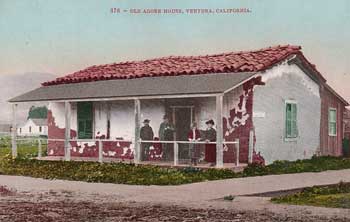
Old Adobe House, Ventura, California, circa 1910,

Architecture, Design, and Culture using of mud, clay, soil, dirt & dust.

Old Adobe House, Ventura, California, circa 1910,
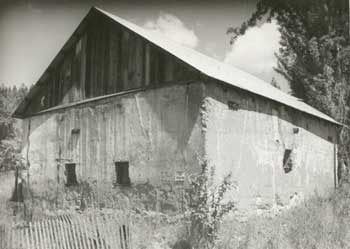
The caption on this photo reads, “Historical Landmark, Adobe Building, Dutch Flat, California, circa 1960. Built by the Chinese in 1877. Instead of adobe bricks, they used a solid-wall type of construction. Dutch Flat California is a quaint old mining town of the Gold Rush Days, which in 1853 had a population of 6,000 including 3,5000 Chinese”. The solid-wall construction method probably refers to rammed earth.
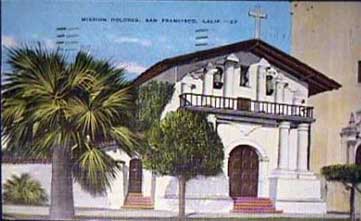
This 1944 photo of the “historic, little, old Mission Dolores is San Francisco’s oldest establishment. It was founded in 1776, and services have been held in the adobe building ever since. Located at Dolores and 16th Streets, the mission stands alongside a modern church of the same faith. Five-foot thick adobe walls separate the mission from a quaint old graveyard, where scores of pioneers are buried.”
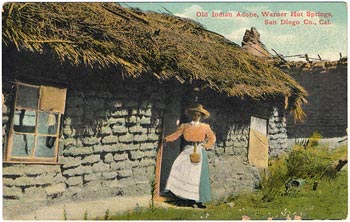
Old Indian Adobe at Warner Hot Springs in San Diego, California.
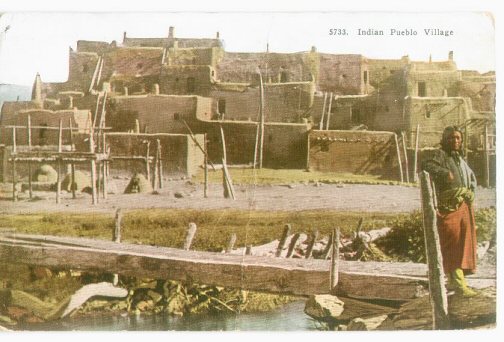
Taos Pueblo, circa 1914.

Old Adobe House, Socorro, New Mexico. Date Unknown.

his 1960s postcard pictures the Yorba-Slaughter Adobe 17127 Pomona Rincon Road – China California.
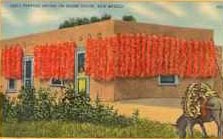
Chili Peppers drying on adobe house. New Mexico. Postmarked Santa Fe N MEX Feb 1943
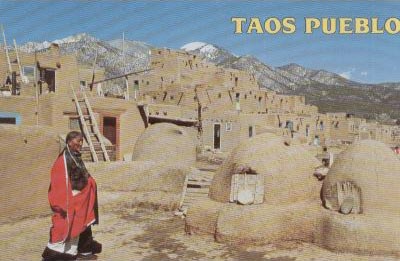
The caption on this postcard reads, “TAOS PUEBLO, NM – APPEARING MUCH THE SAME TODAY AS THEY HAVE FOR SEVERAL HUNDRED YEARS, THESE APARTMENT-LIKE DWELLINGS ARE CONSTRUCTED OF ADOBE (MUD BRICKS). THE IGLOO SHAPED STRUCTURES IN THE FOREGROUND ARE NATIVE OVENS, USED BY THE INDIAN WOMEN FOR ALL TYPES OF BAKING, ESPECIALLY BREAD.”
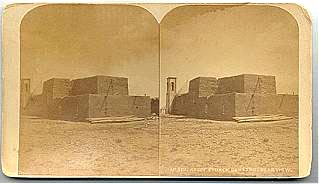
This stereoview photograph from the 1870s is of the historic Catholic church in Conejos, Colorado. The building was constructed between 1860-1863 under the direction of pastor Fr. Jose Vigil. The building replaced an older jacal structure that served as the church from 1858-1860 and was destroyed by fire in 1926.